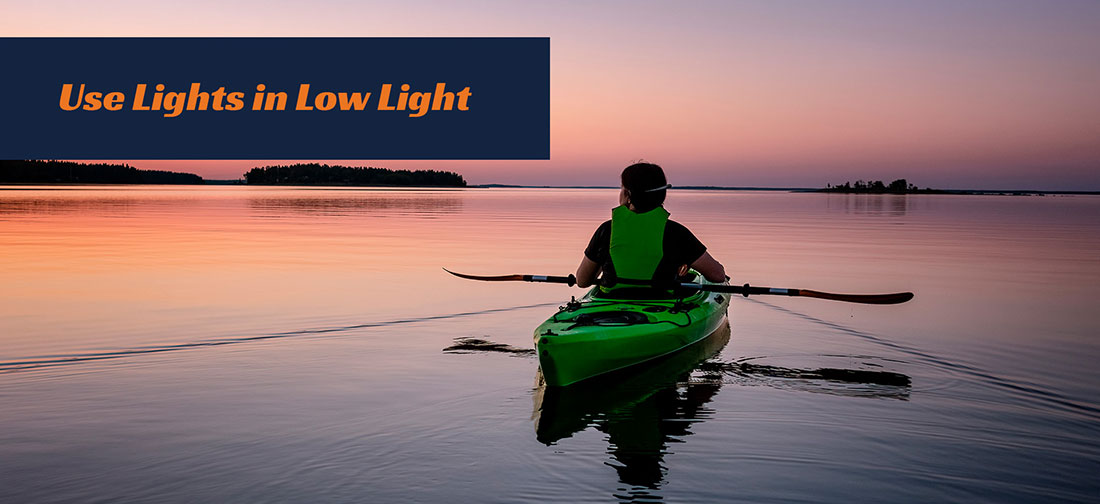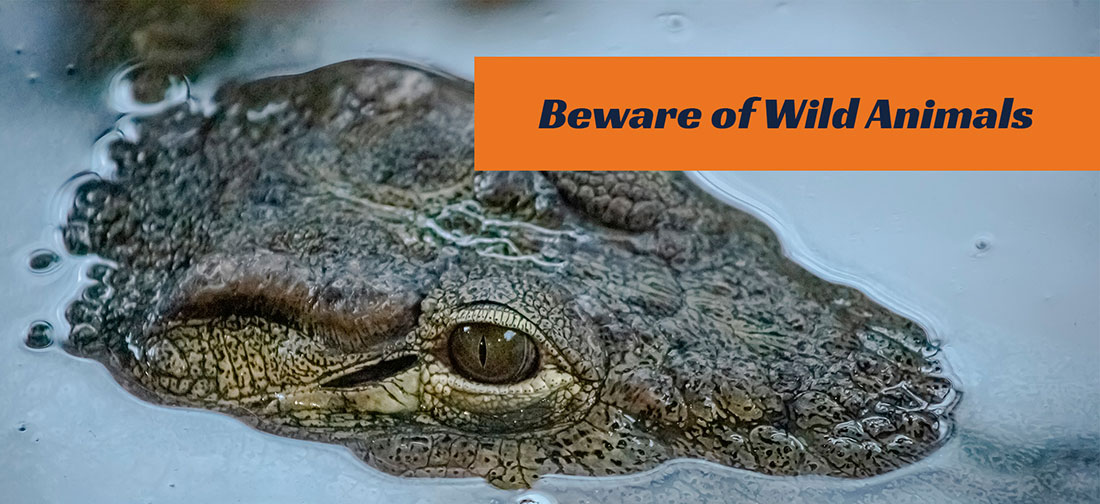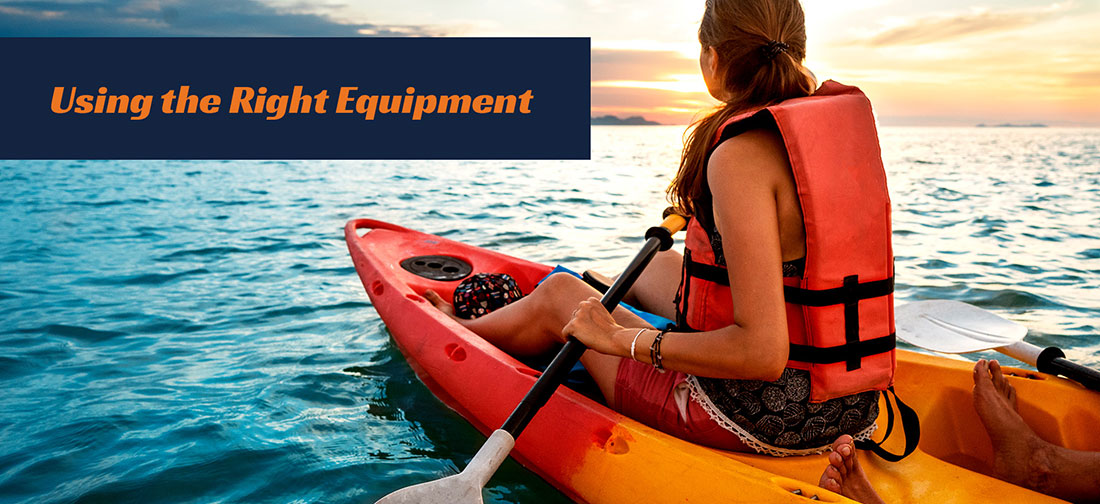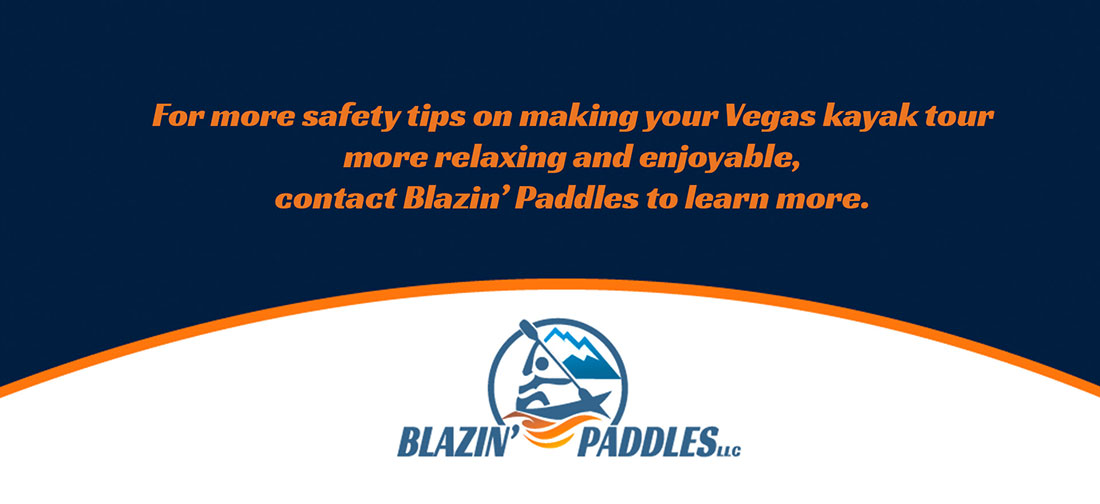What Are The Risks Of Kayaking – And How To Avoid Them
Most sports come with some risk, and kayaking is one of them. The safety risks associated with kayaking vary widely, and some situations are more treacherous than others, such as paddling down Class V rapids or boating in heavily trafficked areas. Don’t hesitate to ask the pros at Blazin’ Paddles for more safety information on kayaking in Vegas.
Watch Out for Trees
Trees and other objects in the water can be dangerous for kayakers. Getting your boat caught in the waters surrounding a tree, large rock, or other object is easy and trapped in the current. Sadly, drowning deaths are common in situations like this. If you are kayaking and see an object sticking out of the water, give it as much space as possible. Whatever the object is can damage your boat and cause it to sink or cause it to get swept into a current that you can’t get out of.
Don’t Kayak in Storms
Although you may encounter smaller waves when you’re kayaking in Vegas that won’t cause much harm to your boat, larger waves caused by storms, whether it’s a single wave or a series of rogue waves, can be dangerous. A large wave hitting your kayak can flip the boat over in seconds. You may be in a precarious situation if the water is cold or treacherous. Wearing a life jacket is an excellent way to avoid death by drowning if your boat flips over, but it’s best to avoid getting into a dicey situation in the first place whenever possible.
Use Lights in Low Light
If you’re new to kayaking, it’s a good idea to start with kayaking tours in Vegas if you want to go out boating earlier in the day or later in the evening. A trained guide can help you safely boat when natural lighting conditions are poor. Kayaking without lights in the dark is dangerous for several reasons. For one, you are essentially invisible to other boaters on the water, including motorized boats. If anything happens when you’re out on the water and need help, it is challenging for others to find your boat if it does not have any lighting. If you’re going out in a Las Vegas kayak alone, make sure your boat is adequately illuminated, and you are wearing a life jacket that fits properly.

Avoid Cold Water
Kayaking in cold water can be lethal. It doesn’t take long, and the water doesn’t have to be that cold for related problems such as hypothermia to set in. When kayaking Las Vegas, a good rule is to dress according to the water temperature rather than the air temperature. The water temperature can be significantly colder than the air temperature, but it’s best to err on the side of being a bit too warm than too cold if you fall out of the boat. Regardless of the temperature, water conducts heat about 25-30 times more quickly than air. In water temperatures that are 40 degrees Fahrenheit, a person can lose consciousness in just 30 minutes. When water temperatures are 32 degrees Fahrenheit or lower, you can lose consciousness in less than 15 minutes. Even when water temperatures are 80 degrees Fahrenheit, you can lose consciousness in several hours. Another critical fact about water temperature is that the water temperature is generally warmer at the surface. Water at the surface level can be 20 degrees warmer than the water below the surface. Many drowning accidents happen when people slip below the surface of the water into colder water, where hypothermia can set in. This is another instance where life jackets are critical, as they can help keep the individual at the water’s surface where temperatures are warmer. As a rule of thumb, you’re at risk of developing hypothermia if the sum of the water and air temperature is under 120 degrees.
Beware of Wild Animals
Wild animals of all sizes can pose a threat to kayakers on a Vegas kayak tour. Smaller wildlife can attack you if the animals think you’re getting too close to their young or if they feel that you are invading their territory. Attacks from small animals may cause the boat to capsize, even if the animal itself is not inherently dangerous. However, some other larger animals, such as sharks and crocodiles, are dangerous. They will attack unprovoked and can be difficult to fend off.

Be Wary of Major Rapids
Even experienced kayakers are not immune from the hazards that dangerous rapids pose. Rapids are considered to be more of a risk for kayakers if they are rated above Class II. The type of kayak used for kayaking can also affect how dangerous the surrounding waters are. Recreational kayaks, for instance, are not designed to conquer swiftly moving water and maneuver as quickly around obstacles. Even if you’re familiar with a river or the rapids you plan to kayak through, be aware that conditions can change rapidly. Additionally, there can be many more hazards under the surface of the water that you can’t see from above, such as strainers, sieves, and holes.
Be Careful on Open Water
Kayaking on large bodies of open water may not appear that dangerous initially, but things can go wrong when you are miles away from shore. If you plan to go kayaking across a large body of water, tell someone where you are going and when you expect to return from your Las Vegas kayak tours. One of the most significant risks associated with open-water kayaking is suddenly encountering storms and bad weather. Many kayakers run into problems when they are dragged into conditions they are unprepared to handle. High winds can also appear suddenly and capsize a kayak.
Common Kayaking Mistakes
Along with avoiding potential environmental hazards, kayakers can be aware of their actions that might lead to trouble on the water. Statistics show that 31% of boating fatalities are attributed to alcohol, including kayaking. Happy hour is best saved when you’re done with an evening out on the water. Clothing can also help avoid accidents. Wearing dark-colored clothing is not a good idea for kayakers. If you’re not wearing light-colored clothing, it is more difficult for other boaters to spot you.
Sizing a Personal Flotation Device (PFD)
A PFD is one of the most critical pieces of safety equipment you can have while kayaking. In 2020, 95 kayakers drowned, and 70 were not wearing life jackets. Life jackets can save your life, but a PFD is only useful if you wear it correctly. Although it is not necessarily a law to wear your PFD on the water, it is wise to put your life jacket on before leaving shore. Your life jacket should be comfortable but snug, and you shouldn’t be able to pull it easily over your head. Size and weight are other considerations to think about when buying a PFD.
Using the Right Equipment
Using the proper kayaking equipment can also help you avoid dangerous accidents. That includes having the right boat for the water you’re kayaking in and choosing the right paddles.
For more safety tips on making your Vegas kayak tour more relaxing and enjoyable, contact Blazin’ Paddles to learn more.tart with kayaking tours in Vegas if you want to go out boating earlier in the day or later in the evening. A trained guide can help you safely boat when natural lighting conditions are poor. Kayaking without lights in the dark is dangerous for several reasons. For one, you are essentially invisible to other boaters on the water, including motorized boats. If anything happens when you’re out on the water and need help, it is challenging for others to find your boat if it does not have any lighting. If you’re going out in a Las Vegas kayak alone, make sure your boat is adequately illuminated, and you are wearing a life jacket that fits properly.

Avoid Cold Water
Kayaking in cold water can be lethal. It doesn’t take long, and the water doesn’t have to be that cold for related problems such as hypothermia to set in. When kayaking Las Vegas, a good rule is to dress according to the water temperature rather than the air temperature. The water temperature can be significantly colder than the air temperature, but it’s best to err on the side of being a bit too warm than too cold if you fall out of the boat. Regardless of the temperature, water conducts heat about 25-30 times more quickly than air. In water temperatures that are 40 degrees Fahrenheit, a person can lose consciousness in just 30 minutes. When water temperatures are 32 degrees Fahrenheit or lower, you can lose consciousness in less than 15 minutes. Even when water temperatures are 80 degrees Fahrenheit, you can lose consciousness in several hours. Another critical fact about water temperature is that the water temperature is generally warmer at the surface. Water at the surface level can be 20 degrees warmer than the water below the surface. Many drowning accidents happen when people slip below the surface of the water into colder water, where hypothermia can set in. This is another instance where life jackets are critical, as they can help keep the individual at the water’s surface where temperatures are warmer. As a rule of thumb, you’re at risk of developing hypothermia if the sum of the water and air temperature is under 120 degrees.
Beware of Wild Animals
Wild animals of all sizes can pose a threat to kayakers on a Vegas kayak tour. Smaller wildlife can attack you if the animals think you’re getting too close to their young or if they feel that you are invading their territory. Attacks from small animals may cause the boat to capsize, even if the animal itself is not inherently dangerous. However, some other larger animals, such as sharks and crocodiles, are dangerous. They will attack unprovoked and can be difficult to fend off.
Be Wary of Major Rapids
Even experienced kayakers are not immune from the hazards that dangerous rapids pose. Rapids are considered to be more of a risk for kayakers if they are rated above Class II. The type of kayak used for kayaking can also affect how dangerous the surrounding waters are. Recreational kayaks, for instance, are not designed to conquer swiftly moving water and maneuver as quickly around obstacles. Even if you’re familiar with a river or the rapids you plan to kayak through, be aware that conditions can change rapidly. Additionally, there can be many more hazards under the surface of the water that you can’t see from above, such as strainers, sieves, and holes.
Be Careful on Open Water
Kayaking on large bodies of open water may not appear that dangerous initially, but things can go wrong when you are miles away from shore. If you plan to go kayaking across a large body of water, tell someone where you are going and when you expect to return from your Las Vegas kayak tours. One of the most significant risks associated with open-water kayaking is suddenly encountering storms and bad weather. Many kayakers run into problems when they are dragged into conditions they are unprepared to handle. High winds can also appear suddenly and capsize a kayak.
Common Kayaking Mistakes
Along with avoiding potential environmental hazards, kayakers can be aware of their actions that might lead to trouble on the water. Statistics show that 31% of boating fatalities are attributed to alcohol, including kayaking. Happy hour is best saved when you’re done with an evening out on the water. Clothing can also help avoid accidents. Wearing dark-colored clothing is not a good idea for kayakers. If you’re not wearing light-colored clothing, it is more difficult for other boaters to spot you.
Sizing a Personal Flotation Device (PFD)
A PFD is one of the most critical pieces of safety equipment you can have while kayaking. In 2020, 95 kayakers drowned, and 70 were not wearing life jackets. Life jackets can save your life, but a PFD is only useful if you wear it correctly. Although it is not necessarily a law to wear your PFD on the water, it is wise to put your life jacket on before leaving shore. Your life jacket should be comfortable but snug, and you shouldn’t be able to pull it easily over your head. Size and weight are other considerations to think about when buying a PFD.
Using the Right Equipment
Using the proper kayaking equipment can also help you avoid dangerous accidents. That includes having the right boat for the water you’re kayaking in and choosing the right paddles.
For more safety tips on making your Vegas kayak tour more relaxing and enjoyable, contact Blazin’ Paddles to learn more.

